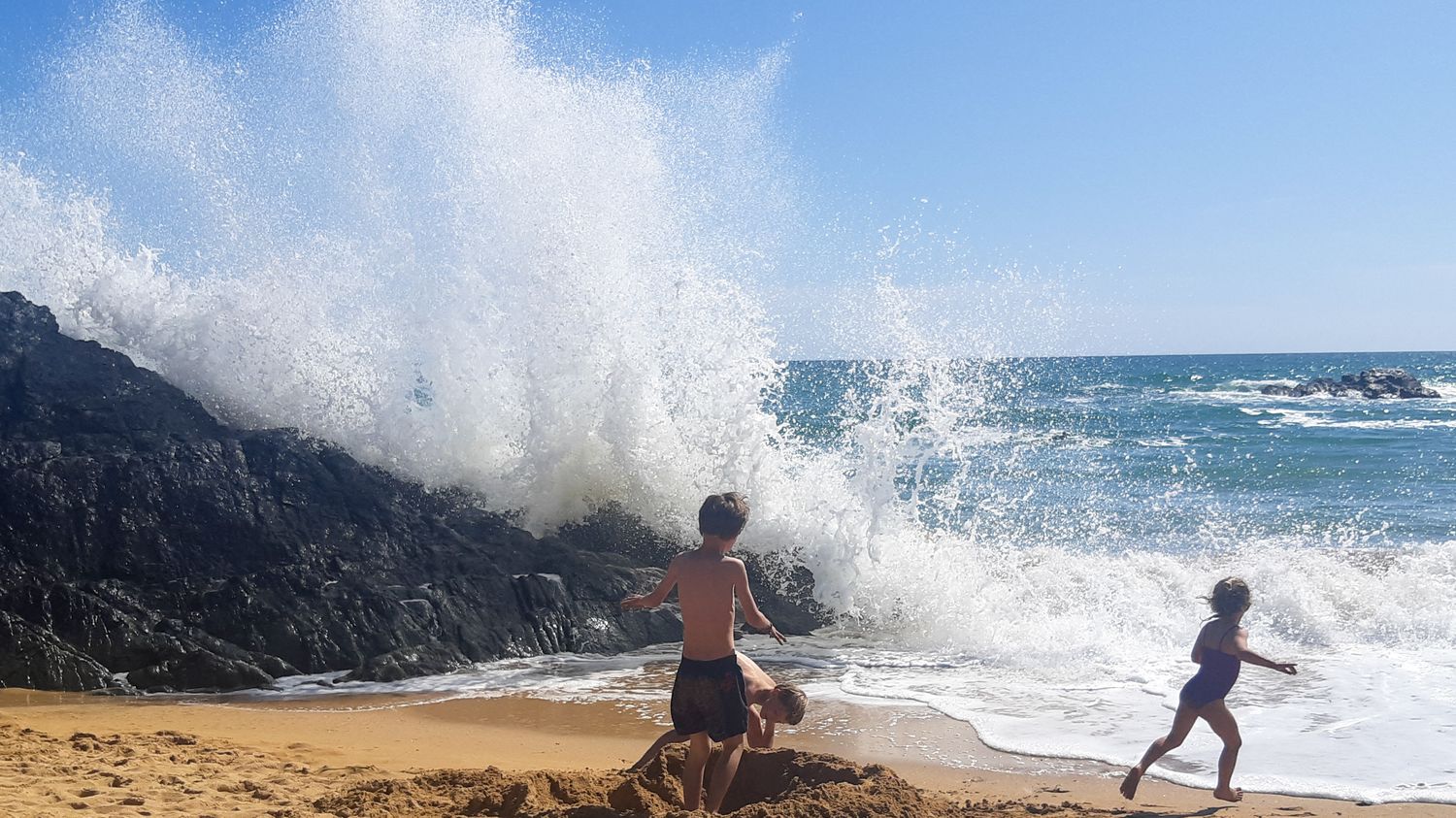The Arctic could be sea ice-free in summer as early as 2030.
The oceans have just experienced their warmest May on record. This is indicated by the European service Copernicus. This measurement of surface water temperature comes from thousands of satellite data but also from sensors installed on ships, or weather buoys around the world and it appears that indeed, outside the ice zones, the average temperature at the surface of the oceans was 19.7°C last month. This is unheard of.
If the oceans are warming up so much, it is because they absorb 90% of the increase in heat caused by our greenhouse gas emissions. The consequences of this rise in ocean temperatures are multiple: firstly, this ocean heat modifies marine ecosystems (especially since in parallel, there is also an acidification of the oceans due to the increase in CO2 in the atmosphere ); secondly, warming contributes to the rise in sea level, on the one hand because of thermal expansion (hot water takes up more space than cold water) and on the other hand, because of the melting ice. This sea level, which is measured with very high precision by satellite, is currently increasing by just over three to four millimeters per year at the global level. This is three times faster than what was happening over the period 1900 – 1970.
Sea ice could disappear in summer
Moreover, we also learn that the Arctic could be deprived of sea ice in summer, faster than expected, ten years earlier than predicted by the Intergovernmental Panel on Climate Change (IPCC). This is according to a new study published in the journal Nature this week. The Arctic Ocean is covered with ice for much of the year, but with a minimum in September, at the end of summer. For the first time from September 2030, the ice floes formed by this frozen sea water could therefore temporarily disappear, and with it this albedo effect that it generates.
The albedo is the fact that an icy, white surface reflects more than 80% of the solar energy when the continents or the oceans (which are darker) absorb more heat. The consequence is an acceleration of Arctic warming. This could further increase the occurrence of extreme events, such as heat waves and forest fires.
